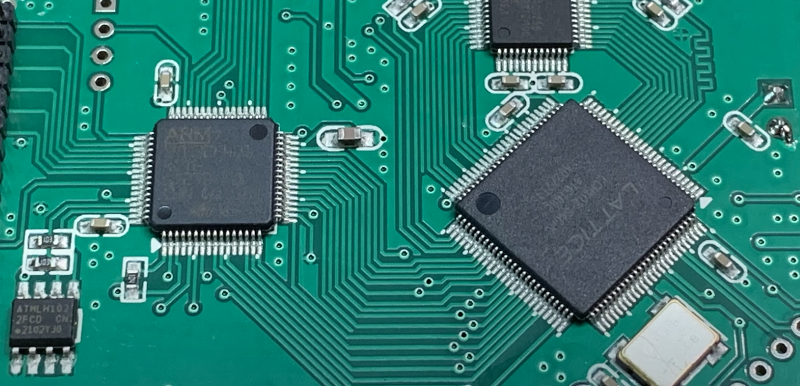There was a time when calculators became so powerful it was hard to tell them from little computers. The same thing seems to be happening now with multimeters. They now often have large screens and basic oscilloscope functionality. The specs keep getting better. While early cheap scopemeters were often relatively low frequency, many are now claiming bandwidths that would have cost quite a bit a few decades ago. A case in point is the Mustool MDS8207 which [IMSAI Guy] reviews and does a teardown of in the videos you can see below. It claims a 40 MHz bandwidth with 200 megasamples per second on a single channel.
The only downside in the claimed specifications is that the sensitivity isn’t great given that the lowest setting is 500 mV per division. Then again for a meter that runs under $100, any scope function would seem to be a bonus. The meter does all the other things you expect a meter to do these days, such as reading voltage, frequency, capacitors, temperature, etc. The response time of the meter is relatively slow, but you can get used to that.
The scope portion uses the meter probes, so you won’t have a proper scope probe. At higher frequencies, the meter had a little trouble triggering, but it did give you an idea of the waveform. After 30 MHz or so the amplitude reading was also a little suspect.
Sometimes, though, seeing the basic shape of the waveform is all you need. It is a shame the meter portion isn’t a little faster because if you had a great $100 meter that also had a scope, that might be useful. But it wasn’t bad — it just seems like you can get a nicer meter for $100.
In the teardown video, you can see that there isn’t much inside and nothing surprising. The fuses, though, are soldered in and hard to get to, so you probably don’t want to blow the fuses.
The verdict? [IMSAI Guy] seemed to think the meter was OK. We’ve seen better scopemeters, for a little more. We’ve also seen adequate meters for a lot less.















inbuilt i2c (and other) decoding would be more useful for many..
i would advice a buspirate for this
Yeah, I’ve been using a scope for I2C and SPI debug for a long time, and just got a saleae clone that talks to sigrok, and wowie what a difference. $15-20 of logic analyzer, and in my experience (using custom length I2C addresses for some weird silicon) better than the $1500 I2C addon (and additional $1500 for SPI) for my work oscilloscope.
24Mhz sample rate in palm of your hand, with full support in puleview/sigrok, for $9.99 delivered, simply can’t be beat.
Juggling a laptop, USB cables, buspirate and probes in a workshop is a pain though – plus boot times, mouse operation with dirty hands, etc.
A scope-meter is a useful form factor outside the lab.
I agree and I’m rather suprised that nobody on HAD has come up with a dedicated box to use these inexpensive logic analyzers. I should have learned to code in my younger days…
“After 30 MHz or so the amplitude reading was also a little suspect.” Well, of course. “40MHz bandwidth” doesn’t mean “flat to 40 MHz”; it’s properly the -3dB point.
Mine is -3dB at 30MHz with BNC adapter at the input.
If you are willing to spend 100€, push your budget a bit more to 180€ and think about the HDS2102S Owon, a real 2 channel scope
I am so sick of having to second guess the real specifications of Chinese gear. A scope that is inaccurate or inconsistent is hopless for faulr finding – you can never be sure a bad sognal is actually bad.
I just love how everyone comments thru the point of view of electronic engineer or hardcore tinkerer. Up to my current job I worked around HVAC stuff and medium size refrigeration stuff. Checking VFDs, inverter modules, BMS communication lines etc. – all that stuff not really high frequency, quite high voltages and differential measurement pretty much a must. And this tool gives you that in a quite rugged and portable form factor. It would be perfect if it allowed to log measured signal in a long time frame (up to an hour).
So this is more of a tool for checking equipment in the field than design work in the lab.